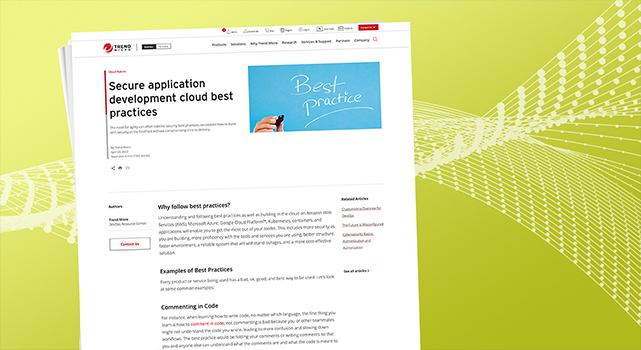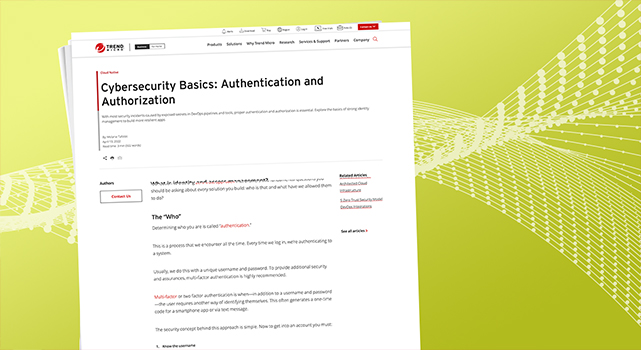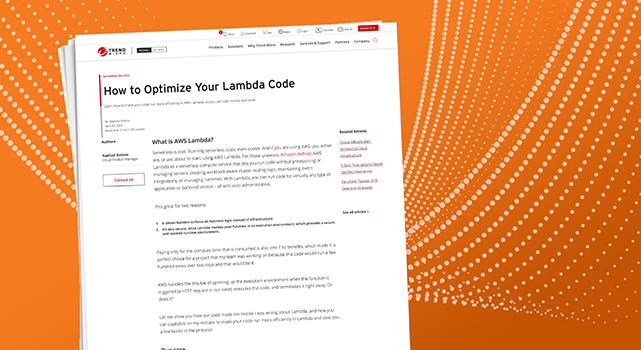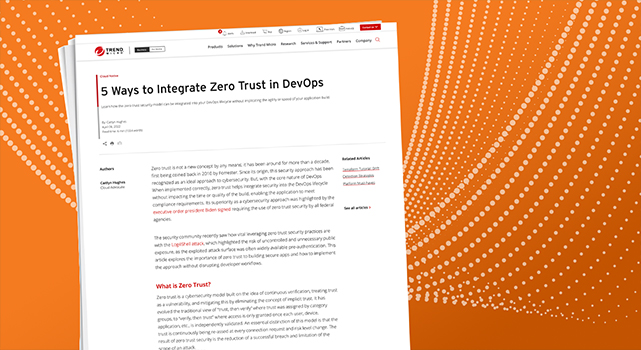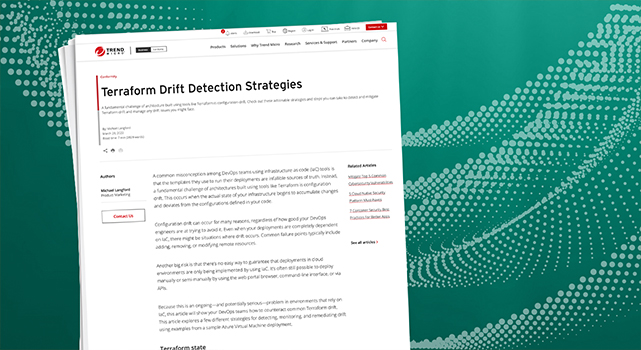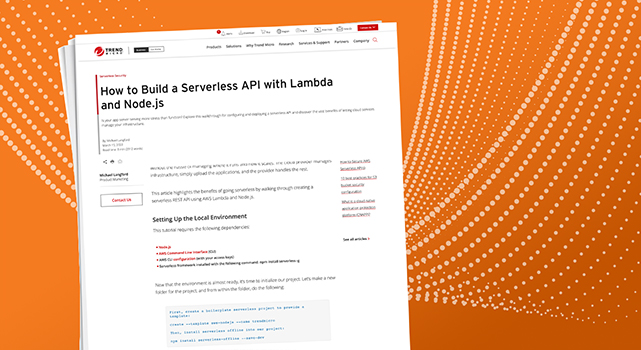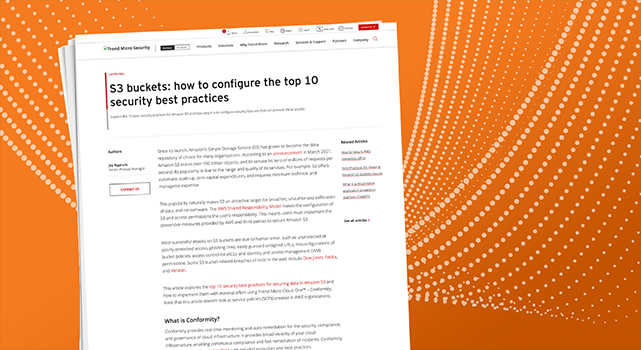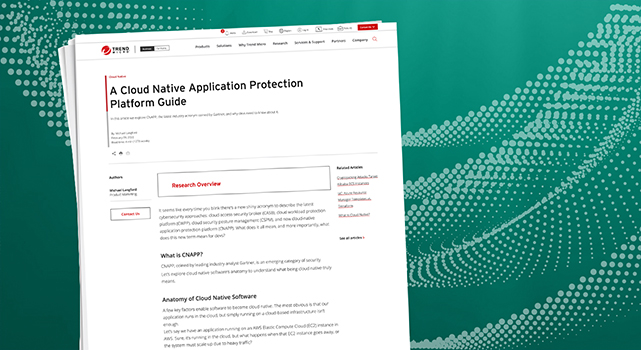- This video doorbell camera has just as many features are my Ring - and no subscription required
- LG is giving away free 27-inch gaming monitors, but this is the last day to grab one
- I tested this Eufy security camera and can't go back to grainy night vision
- I replaced my iPhone with a premium dumbphone - here's my verdict after a month
- Build your toolkit with the 10 DIY gadgets every dad should have
Secure application development for the cloud best practices
Why follow best practices? Understanding and following best practices as well as building in the cloud on Amazon Web Services (AWS), Microsoft Azure, Google Cloud Platform™, Kubernetes, containers, and applications will enable you to get the most out of your toolkit. This includes more security as you are building, more proficiency with the tools and services you are using, better structure, faster environment, a reliable system that will withstand outages, and a more cost-effective solution….
Read More
